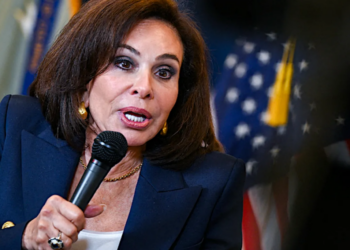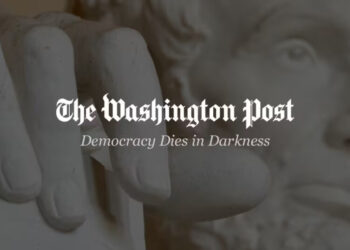Homeless on L.A.’s Skid Row fault of Democrats, says GOP gubernatorial candidate Sheriff Chad Bianco
Riverside County Sheriff Chad Bianco, one of the top Republican candidates running for California governor, met a woman sprawled on...
I deleted Instagram from my phone for a year. Being desktop-only connected me to friends without the drawbacks.
In: film cameras. Out: documenting everything on our phones. Julia PugachevskyI deleted Instagram from my phone for a year and...
‘No basis in reality’: Nobel Prize winner calls Trump’s new deal ‘unrealistic fantasy’
Donald Trump’s hopes for the future of Venezuela have been ridiculed by a Nobel Prize winner who called the vision...
NC J6er pardoned by Trump is just latest rioter to face sexual assault charges
Two months after David Paul Daniel helped lead the mob into the U.S. Capitol on Jan. 6, 2021, the North...
Trump’s DOJ running into a ‘major stumbling block’ as it pursues his foes: report
Donald Trump’s use of the Department of Justice under Attorney General Pam Bondi to pursue his perceived adversaries has encountered...
‘9-1-1’ is TV’s most unhinged procedural — and that’s why it works
The first emergency in the most recent episode of “9-1-1” begins, as so many do, with a mystery. What calamity...
The secret world of animal sleep
Every animal with a brain needs sleep — and even a few without a brain do, too. Humans sleep, birds...
To Be or Not to Be: That Is the Question Filmmakers Can’t Resist
In Chloé Zhao’s drama “Hamnet,” an adaptation of Maggie O’Farrell’s 2020 novel, we encounter the most famous soliloquy in English...
Trump Goon Trolled With Her Own Words After Praising ‘Flawless’ Military Operation
Donald Trump’s national intelligence chief finally broke her silence on his Venezuela raid only to be relentlessly skewered for her...
The Novels Everyone Will Be Talking About in 2026
If you’ve resolved to read more — or to spend less time doomscrolling, or to ensure that this will be...














